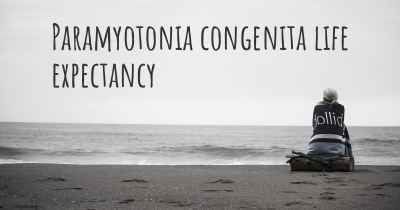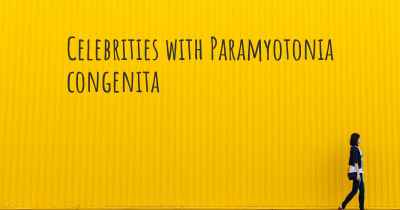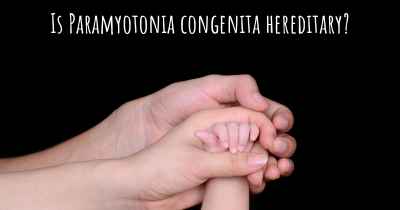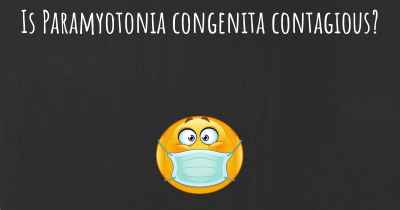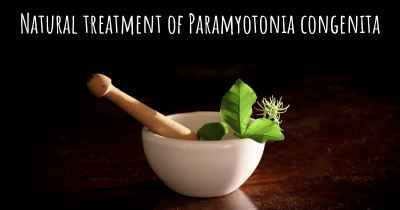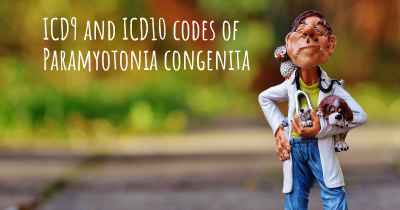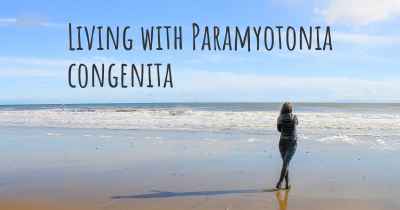How is Paramyotonia congenita diagnosed?
See how Paramyotonia congenita is diagnosed. Which specialists are essential to meet, what tests are needed and other useful information for the diagnosis of Paramyotonia congenita
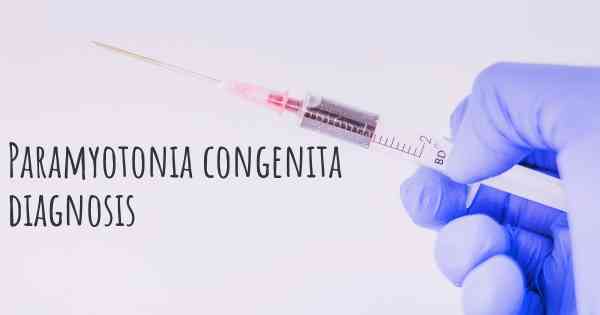
Paramyotonia congenita is a rare genetic disorder that affects the muscles and causes muscle stiffness and weakness. It is typically inherited in an autosomal dominant manner, meaning that an affected individual has a 50% chance of passing the condition on to each of their children. The disorder is caused by mutations in the SCN4A gene, which provides instructions for making a protein involved in the normal function of muscle cells.
Diagnosing Paramyotonia congenita can be challenging due to its rarity and the variability of symptoms among affected individuals. However, there are several key steps and diagnostic tools that can aid in the identification of this condition.
Medical History and Physical Examination
The initial step in diagnosing Paramyotonia congenita involves taking a detailed medical history and conducting a thorough physical examination. The healthcare provider will inquire about the patient's symptoms, their onset, duration, and any triggering factors that worsen or alleviate the muscle stiffness. They will also ask about any family history of similar symptoms or known genetic disorders.
During the physical examination, the healthcare provider will assess the patient's muscle tone, strength, and reflexes. They will look for characteristic signs such as muscle stiffness, myotonia (delayed muscle relaxation), and muscle weakness. The presence of these symptoms, especially in the absence of other underlying conditions, may raise suspicion for Paramyotonia congenita.
Electromyography (EMG)
Electromyography (EMG) is a diagnostic test that measures the electrical activity of muscles. It is commonly used to evaluate muscle function and detect abnormalities. In the case of Paramyotonia congenita, EMG can help confirm the diagnosis by demonstrating characteristic patterns of muscle activity.
During an EMG, small electrodes are inserted into the muscles being tested. The electrical activity is then recorded and analyzed. In individuals with Paramyotonia congenita, the EMG may reveal myotonic discharges, which are abnormal electrical patterns indicating muscle hyperexcitability. These discharges typically occur in response to muscle contraction or electrical stimulation.
Genetic Testing
Genetic testing plays a crucial role in confirming the diagnosis of Paramyotonia congenita. It involves analyzing the patient's DNA to identify mutations in the SCN4A gene. Genetic testing can be performed using various techniques, such as targeted mutation analysis or next-generation sequencing.
Targeted mutation analysis focuses on specific known mutations associated with Paramyotonia congenita. This approach is suitable when a specific mutation is suspected based on the patient's symptoms or family history. However, if no specific mutation is suspected, or if the initial targeted analysis is negative, next-generation sequencing can be employed to analyze the entire SCN4A gene for any potential mutations.
It is important to note that genetic testing may not always yield a definitive result, as some individuals with Paramyotonia congenita may have mutations in genes other than SCN4A. In such cases, additional genetic testing may be necessary to identify the underlying genetic cause.
Muscle Biopsy
In certain cases, a muscle biopsy may be performed to aid in the diagnosis of Paramyotonia congenita. A muscle biopsy involves the removal of a small sample of muscle tissue, typically from the thigh or arm, for microscopic examination.
During the biopsy, the muscle tissue is examined under a microscope to assess its structure and look for any abnormalities. In Paramyotonia congenita, the muscle biopsy may reveal characteristic changes, such as fiber size variability, increased connective tissue, and the presence of abnormal muscle fibers.
Other Diagnostic Tests
In addition to the aforementioned diagnostic methods, other tests may be conducted to rule out alternative diagnoses and evaluate the overall health of the patient. These may include blood tests to assess muscle enzyme levels, nerve conduction studies to evaluate nerve function, and imaging studies such as MRI or CT scans to exclude other underlying conditions.
Conclusion
Diagnosing Paramyotonia congenita requires a comprehensive approach that combines medical history, physical examination, electromyography, genetic testing, and, in some cases, muscle biopsy. The identification of characteristic symptoms, abnormal muscle activity on EMG, the presence of SCN4A gene mutations, and muscle biopsy findings can collectively confirm the diagnosis. It is essential for individuals suspected of having Paramyotonia congenita to consult with a healthcare professional experienced in neuromuscular disorders for accurate diagnosis and appropriate management.
